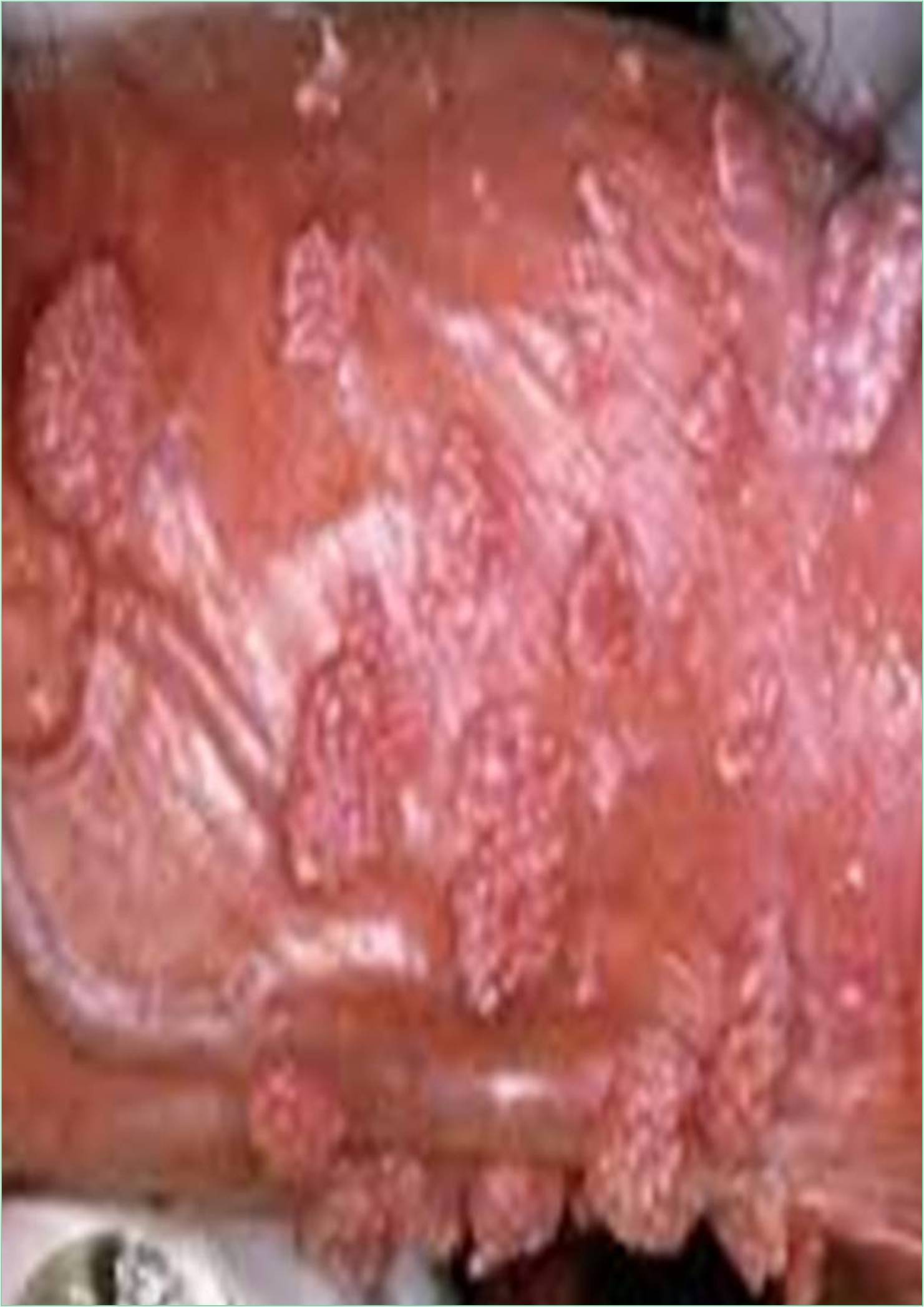



Received: 01-Feb-2022, Manuscript No. GJV-22-59436; Editor assigned: 03-Feb-2022, Pre QC No. GJV-22-59436(PQ); Reviewed: 17-Feb-2022, QC No. GJV-22-59436; Revised: 21-Feb-2022, Manuscript No. GJV-22-59436(R); Published: 28-Feb-2022, DOI: 10.35841/GJV.22.10.016
When infected with the herpes simplex virus, small, painful, fluid-filled blisters repeatedly occur on the skin, mouth, lips (herpes labialis), eyes, or genitals. This highly contagious viral infection spreads through direct contact with the wound. If there is no wound, it may come into contact with the affected area. Herpes causes blisters and pain in the mouth and genitals, often causing fever and a general illness sensation when first infected. The virus can infect other parts of the body, such as the eyes and brain. Doctors usually easily recognize the pain caused by herpes, but may require analysis of the pain material and blood tests. Herpes simplex is one of several types of herpes viruses. There are two types of Herpes Simplex Virus (HSV). HSV-1 is a common cause of lip herpes (herpes labialis) and herpes of the cornea of the eye (herpes simplex keratitis). HSV-2 is a common cause of genital herpes.
This distinction is not absolute. Genital infections can be caused by HSV-1. Infection can also occur in other parts of the body, such as the brain and gastrointestinal tract. Common infections can occur in newborns and people with weakened immunity, especially those infected with HIV. HSV is highly contagious and can spread through direct contact with sores or by contact with the mouth or genitals of a person infected with HSV, even if the sores are not visible.
Primary and Relapsed Infection
After the first infection, HSV, like other herpes viruses, remains inactive in the body for the rest of its life. Latent infections may not recur or may reactivate on a regular basis to cause symptoms. Primary HSV infection produces a burst of small vesicles. After the blistering eruption subsides, the virus remains dormant within a cluster of nerve cells near the spinal cord that supplies nerve fibers to the infected area. Periodically, the virus reactivates, begins to multiply again, returns to the skin through nerve fibers, and causes a bullous rash in the same area of skin as the previous infection. The virus can be present on the skin and mucous membranes even if no blisters are seen.
Symptoms and Complications of HSV Infection
A small bubble will appear in the following location:
Skin: Especially around the mouth and genitals;
Mucous membranes: Includes those that line the eyes, vagina, cervix, or inside of the mouth. The skin around the blisters is often red.
Oral Infections
The first oral infection with HSV usually causes a lot of painful pain in the mouth (herpetic gingival stomatitis). Herpetic gingival stomatitis most often affects children. Before the onset of pain, people may experience a tingling sensation or itching in the area. In addition, affected people are usually sick and have fever, headaches, and body aches. Mouth ulcer lasts 10 to 19 days and is often severe and very unpleasant to eat and drink. As a result, People can become dehydrated. Occasional- ly, symptoms may not appear. Relapses usually result in the accumulation of pain on the edges of the lips. The pain then bursts and opens, obscuring the crust. Herpes labialis is called herpes labialis or herpes labialis. Before herpes labialis appears, people usually feel a tingling sensation in the area that lasts minutes to hours, followed by redness and swelling. Usually, liquid-filled blisters form and rupture, leaving pain. The wound quickly forms a scab. After about 5-10 days, the scab will fall off and the episode will end. There are not many blisters and redness.
Genital herpes causes painful blisters in the genital and / or anal area. In women, internal blisters can develop in the vagina or cervix. The blisters inside are less painful and invisible. Blisters develop 4 to 7 days after infection. The blisters disappear, but the virus does not actually leave the body and may recur (relapse). Blisters caused by the initial genital infection are usually more painful, longer lasting, and more common than blisters caused by recurrent infections. HSV- 1 or HSV-2 can enter through crevices in the skin of the fingers, causing swelling, painful, red fingertips (herpes sores). Healthcare workers who are exposed to saliva or other body fluids when not wearing gloves are most commonly affected. HSV-1 can infect the cornea of the eye. This infection (called herpes simplex keratitis) causes painful pain, lacerations, hypersensitivity to light, and blurred vision. Over time, without special treatment, the cornea can become cloudy and your eyesight can be significantly impaired. Pregnant women rarely infect babies with HSV infection. Transmission usually occurs when the baby comes into contact with infected secretions in the birth canal at birth. In rare cases, HSV can infect the fetus during pregnancy.
Diagnosis of HSV Infection
Herpes simplex virus infections are usually easy for doctors to find. If you are not safe to use a doctor, the doctor can use pigs to take the material from the wound material and send swabs to the laboratory, and identify the virus. Materials from the bathtub can also be tested using Polymerase Chain Reaction (PCR) to identify herpes DNA. PCR is a more sensitive test than viral culture, which means that it loses less virus cases. Sometimes the physician examines the material from air bubbles under a microscope. Although the virus itself is not clear, the wound may contain scaled infected cells characteristic of herpes virus. Blood tests to detect antibodies to HSV can also help.
Certain blood tests can distinguish between HSV-1 and HSV-2 infections. If brain infection is suspected, Magnetic Resonance Imaging (MRI) of the brain and spinal puncture (lumbar puncture) may be performed to collect a sample of cerebrospinal fluid for analysis.